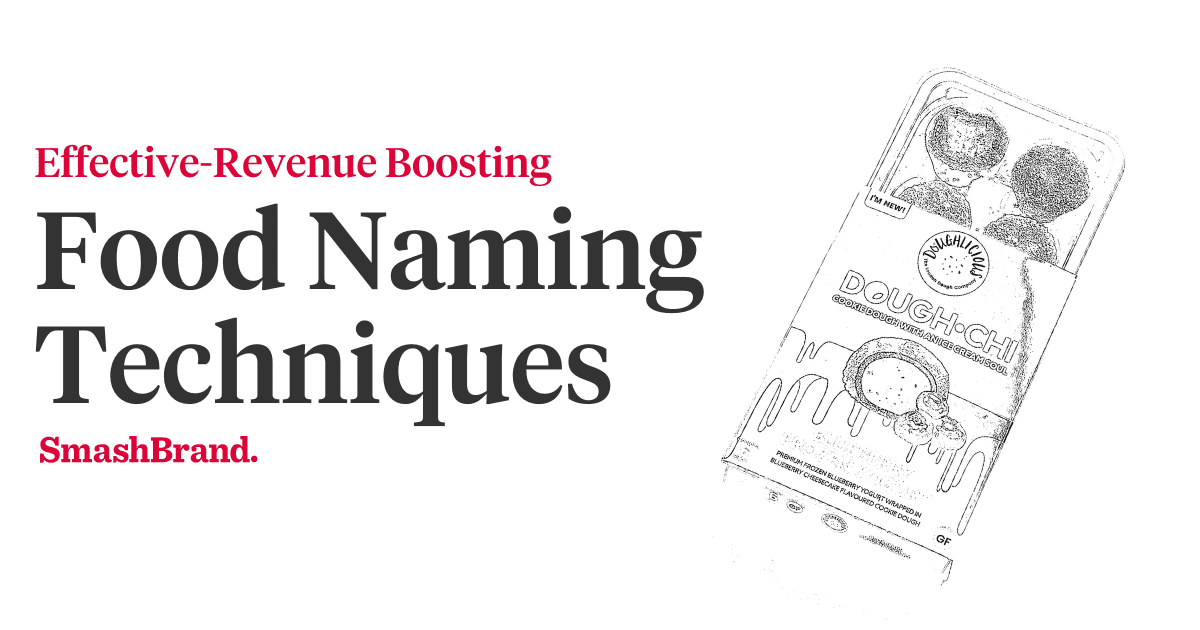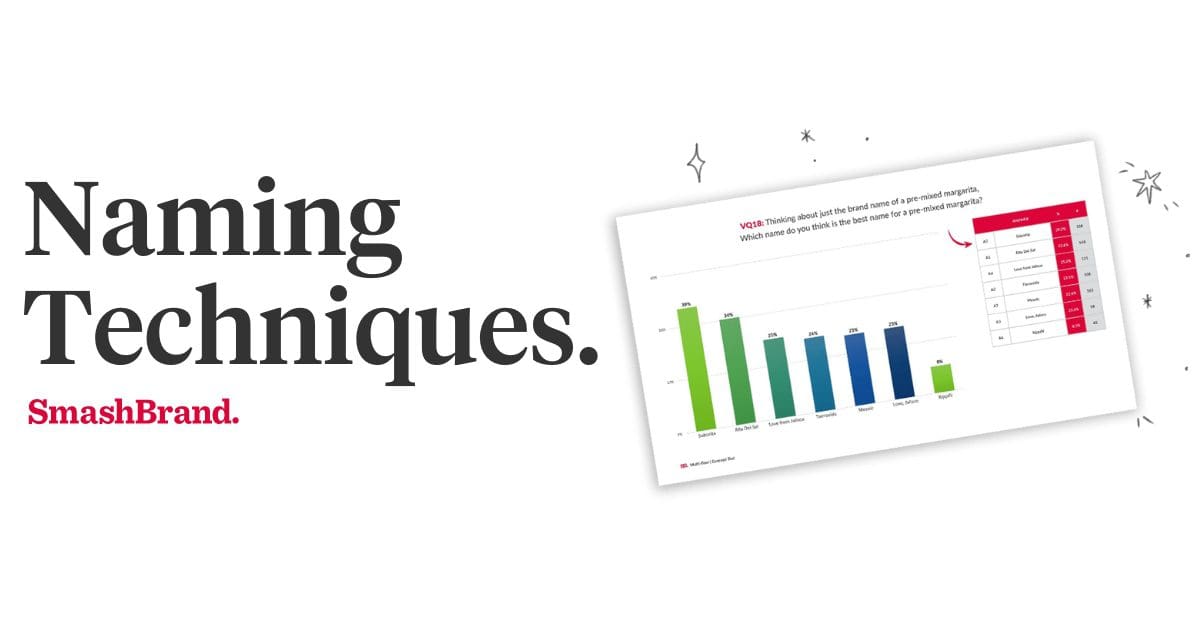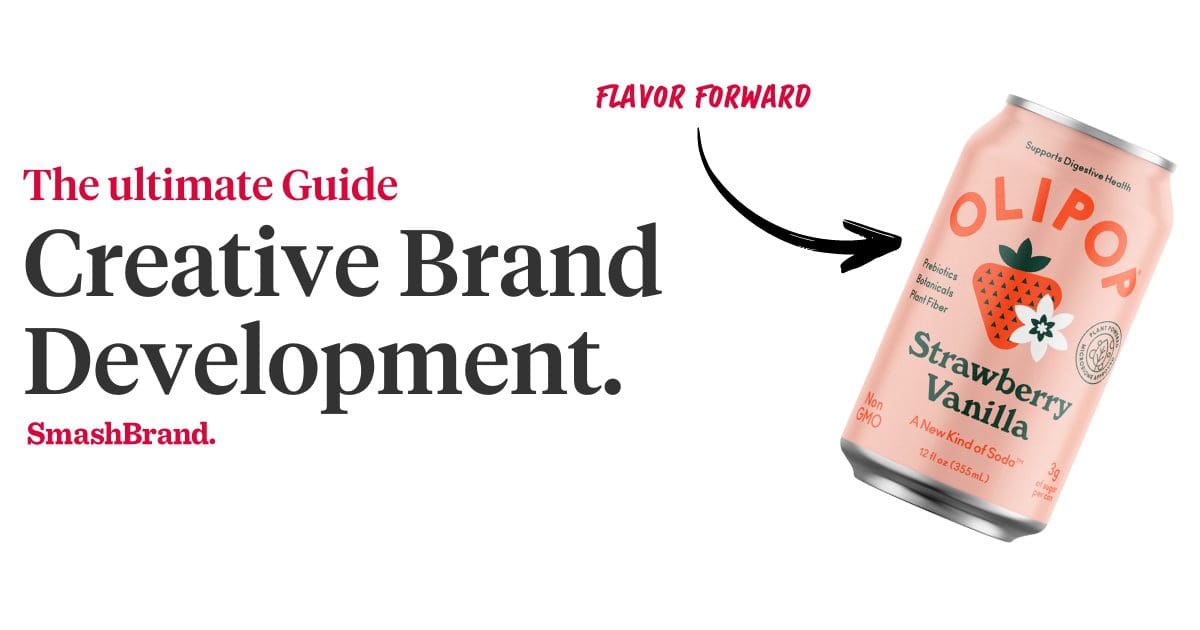Listen to This Article

Label printing is a laborious process where many errors can occur. Having owned and successfully exited brands, we have been on both sides of the label printing process. We have seen the good, the bad, and the ugly in terms of label printing. Sometimes these label mishaps are the fault of the company, whereas at other times it is the fault of the company printing your labels.
In order to save you the headache that we and our clients (before working with us) have experienced, we created a complete guide to printing labels.
Understanding How Labels Are Made
Consider this situation. You’ve got your label design locked in with your design team, and now it’s time to go to print. They have probably mentioned things like spot color, CMYK or even had you look at a Pantone color swatch. Great! Now, all you have to do is communicate to your printer that you want a spot color or CMYK for your price quote. Wait, what?
You don’t know what any of those terms mean. All you want is a label that looks good and performs well in a retail store…
Label design requires a level of communication between the brand, design agency or graphic designer, and label printer, where we hear and understand all parties. Any disconnect in communication will lead to a label that isn’t worth adhering to your product.
Don’t worry; no one will judge you for not knowing the difference between spot color and CMYK as this article covers both. But this isn’t all you need to know about label printing. There are other factors to consider which can put your packaging design, marketing campaign, and product lifespan in jeopardy.
Let’s start this guide by teaching you the differences between the two color models.
Get your Hands on the SmashReport!
And enter to win a FREE brand diagnosis worth $20,000.
*The SmashReport is a monthly newsletter for FMCG and CPG brands, helping them stand out in the competitive retail marketplace.
Choosing Your Color Model
While you do not need to be an expert on label printing, you should have a general understanding about how color appears on a blank label.
What is CMYK?
CMYK stands for cyan, magenta, yellow and key (for our discussion, this means black). You already have a visual understanding of this acronym if you have an inkjet printer. We use these four colors in basic color photographic image reproductions.
Printers commonly use CMYK in commercial flexography printing. This process separates the design into layers with each label sheet having either C, M, Y, or K. Once stacked together, these layers create the finished product. This is important for features such as font outlines and trapping elements so they do not show any bleed.
The colors are layered in tiny points in order to create the impression of a wide variety of colors. Like pointillism, where, for example, alternate dots of red and blue create the illusion of purple when viewed from a distance. When printing photographs or pictures with a multitude of colors, CMYK is the color model that a printer will probably use.
What Are Spot Colors?
Spot color is the use of pre-mixed colored inks in order to produce particular colors. Whereas with CMYK, you’re limited to the colors reproducible with the four inks, spot coloring doesn’t have this limitation since it’s mixed beforehand to match the color you need. It also means the color will be the same, regardless of where you get it printed. This method is used to create an accurate and easily reproducible color for all printing applications.
Spot Color and CMYK Combination
For designs that incorporate photographic or multi-colored images with a bold, single-color design or font, combining spot color and CMYK is also an option. This results in packaging that’s consistent with existing prints. We can also enhance CMYK processing by the use of one vivid spot color throughout the design. We do this often to keep the main brand color consistent. If one of the color elements in a photograph or multi-colored picture is fluorescent or metallic, a spot color plate is used to capture the proper coloration.
OK, so maybe this stuff can sometimes get a little dry, but if you expect great printing results, knowing if you need spot color or CMYK is vital. Of course, if you’re still unsure about the subject, ask your design team (hopefully that’s us) what you need to understand for your project. If they don’t have the answer, maybe it is time to work with a design agency that is more familiar with the printing process.
Spot color or CMYK? Let’s Geek Out a Bit…
The decision to use spot color or CMYK depends upon the application. If the design going to print uses one or two bold colors, spot colors might be the best (and most affordable) option. With spot colors, the design colors will remain consistent through multiple printings, resulting in a crisp and bright visual effect. For single color printing, CMYK results in an approximation of the desired color, rather than an exact replication. Although CMYK can produce a large spectrum of colors, there are colors that CMYK is incapable of reproducing precisely.
When printing full-color photographs, CMYK is the only workable option. CMYK uses six or eight color variations such as 6C Hexachrome or 8C Dark/Light. These add additional colors to the four color palette in order to produce sharper, more realistic color images. Spot coloring entire photographs is both practically and economically unrealistic.
We can use CMYK for single color printing, but remember – it will be an approximation of the desired color, and might not match the original intended shade accurately. The CMYK process also has a blurry effect when used in a single blended color application, since we must apply the colors in four passes. This can lead to misregistration – a phenomenon that can cause the image to appear hazy. Spot color only requires one pass, which leaves a sharp and vivid result.
If the project is enormous, such as a large poster, spot color inks may present better, more effective coverage than the CMYK process, which may cause discernible blurring.
Decide On Your Label Elements
Your label design isn’t complete until you have decided on the optional elements that make it stand out. With advanced printing technologies, we have packaging options than ever before. Not all are necessary, but the right ones can be the difference maker for on-shelf performance.
Foil Finish
One way a label can stand out is by becoming a shiny object. Foil embellishment is when a font has a reflective metallic look to specified image or font. Since CMYK cannot produce colors that have a metallic, iridescent or fluorescent effect, spot coloring is the only option for this element.
Raised Text
Raised text can be an effective way to grab attention once consumers enter the interest phase of the buyer’s journey. The feel of text may create greater brand recall, similar to how taking notes with a pencil does. We commonly find raised text in box packaging or products with a larger label size.
Transparency
Depending on what the consumer finds inside the package, your product may want to show off its goods. A transparent label works for categories such as water, salads, and candy. With new label printing innovations, you can combine transparency with other label design elements for a stand out look.
Yucatan saw a 30% Increase in purchase intent with millennials in the USA and a 40% Increase in purchase intent with millennials in Canada
Extended Content
Peel back, hinge, and double sided labels give more room to communicate a message at less of a cost than adding a box to your product package. We can also use this type of label format for any legal documentation that you need to provide but don’t want to confuse with your sales message.
Choosing the Right Printer
Not every commercial printer is ready for your custom labels. Before deciding on who should print your project, you first need to understand the label options they have available and what type of quality they produce for those options. Here are a few steps to take before you choose your commercial printer.
Ask for Referrals
Gather a few references before you work with a label printer. These referrals will come at somewhat of a bias, since most label printers will not provide you with clients who had unsatisfactory experiences. Therefore, our questions need to be staged in a less common way.
- How quickly and clearly did they communicate with you?
- How would you rate their level of expertise in label & package design?
- Who is not a good fit for their label printing services?
You can then test these responses with the experience you have before the point of signing a purchase order.
Request Samples
Ask for a variety of custom label designs with unique features and elements after your first discussion with the company. Being able to see and feel the label material helps you better understand what the company can produce. It also helps you to understand the type of quality they produce.
Test Their Quality
Receiving generic label samples from a company does not mean that your label will come out the same way. Before signing off on the label agreement, request a sample of your label design. Yes, this may cost more money, but it is worth the security of knowing that your labels will come as expected.
Receiving a sample of your label also helps to ensure that your design looks the same on your computer as it does in real life. This is especially true when using CMYK, as it will not result in what you see on your screen.
Most monitors display colors using RGB (red, green, blue) colors. I don’t want to get technical, but monitors create colors differently using an RGB (red, green, blue) color scheme. What you see is not necessarily what you’ll get.
Label Storage
The pricing of labels goes down significantly when you increase the quantity. Many brands determine the quantity of labels based upon their confidence rate and life cycle of the design, but there is another factor to consider.
Like most consumer packaged goods, labels have a lifespan which is affected by label storage. Deciding where and how to store your labels both on and off the packaging, we should consider this before printing labels.
Work With a Package Design Agency
One way to mitigate the many issues that arise when going from design to print is working with a package design firm. SmashBrand is heavily involved in the packaging process, making sure there is not a disconnect from the rendering of your product label design and the printed label.
Having worked on thousands of product labels, an agency can move more swiftly through the label design process. A CPG design agency will work with your commercial package and label printer and make sure we prepare them for your custom label project. A qualified design firm will bridge the gap of communication between brand and printer.
The SmashBrand Methodology
SmashBrand helps brands build products for peak on-shelf performance. Our package design process ensures your product grabs attention, resonates with the consumer, and brings them to the register.
Data-Driven Brand Development
Want a best-selling brand? SmashBrand is a brand development agency for FMCG and CPG companies. From brand strategy to packaging design testing, our Path To Performance™ process guarantees a retail performance lift. Book a time to discuss your project with our team.





